| Shape | Name and Description | Example |
|---|---|---|
 |
Single Sometimes, there is only one flower on each stem, or the flowers are borne so far apart that they cannot be described as being part of the same flowering cluster. They are often large flowers, so do not need the support of other flowers to attract pollinators. |
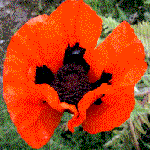 |
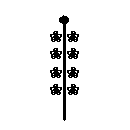 |
Spike A Spike is a group of flowers arising from the main stem, without individual flower stalks (sessile). |
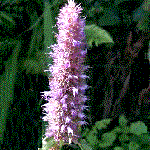 |
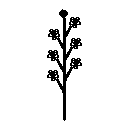 |
Raceme A Raceme is a flower spike where the flowers have stalks of equal length, and the tip of the stem continues to grow and produce more flowers. Flowers open from the bottom up. |
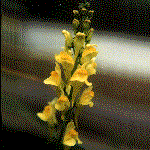 |
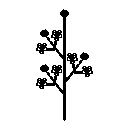 |
Panicle A Panicle is a branched raceme, each branch having a smaller raceme of flowers. The terminal bud of each branch continues to grow, producing more side shoots and more flowers. |
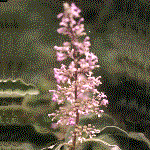 |
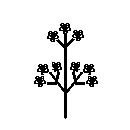 |
Cyme A Cyme is a group of flowers in which the end of each growing point produces a flower, so new growth comes from side shoots and the oldest flowers are at the top. |
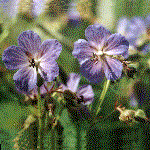 |
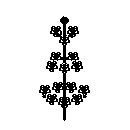 |
Verticillaster A Verticillaster is a whorled inflorescence, where the flowers are borne in rings at intervals up the stem. The tip continues to grow, producing more whorls. This type of inflorescence is common in members of the Deadnettle/Mint Family (Lamiaceae). The example is Phlomis russelliana. |
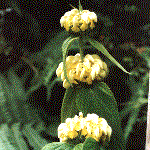 |
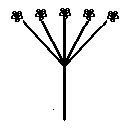 |
Corymb A Corymb is a flower cluster where all the flowers are at the same level, with flower stalks of different lengths, forming a flat-topped flower cluster. |
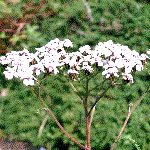 |
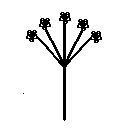 |
Umbel An Umbel is a flower head in which all the flower stalks are of the same length, so that the flower head is rounded like an umbrella. Many bulbs have this type of flower head. |
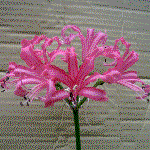 |
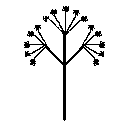 |
Compound Umbel A Compound Umbel is an umbel where each stalk of the umbel produces a smaller umbel of flowers. This type of inflorescence is typical of members of the Celery Family (Apiaceae). |
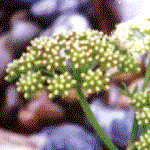 |
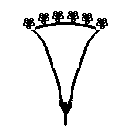 |
Capitulum A Capitulum is a flower head composed of many separate unstalked flowers close together. This type of inflorescence is typical of the Daisy Family (Asteraceae), where the outer flowers have one conspicuous large petal and the central disk is formed of flowers with smaller petals. The example is a Senecio species. |
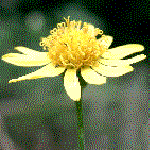 |
Like everything else in nature, these descriptions can only be a general guide to how your flowers might look. There are many variables, even on one plant, and flower clusters are often described as raceme-like cymes, or cymose panicles, or other words that indicate that the flowers do not conform exactly to any one type of inflorescence. The habit of growth may also be affected by growing conditions, so something that produces clear whorls in moist conditions might produce flowers closer together to form a denser spike in drier conditions. I generally refer to anything in long, thin inflorescences as a spike, and anything more rounded as a cluster.
Knowing how a flower head is composed can give you an idea of how many seeds it might produce. Every flower can produce its own seed, so a multiple flower head can theoretically produce many seeds. In practice, particularly in the case of members of the Daisy Family (Asteraceae), not all the seeds develop, which might indicate that pollinators miss some flowers when they are packed closely together.